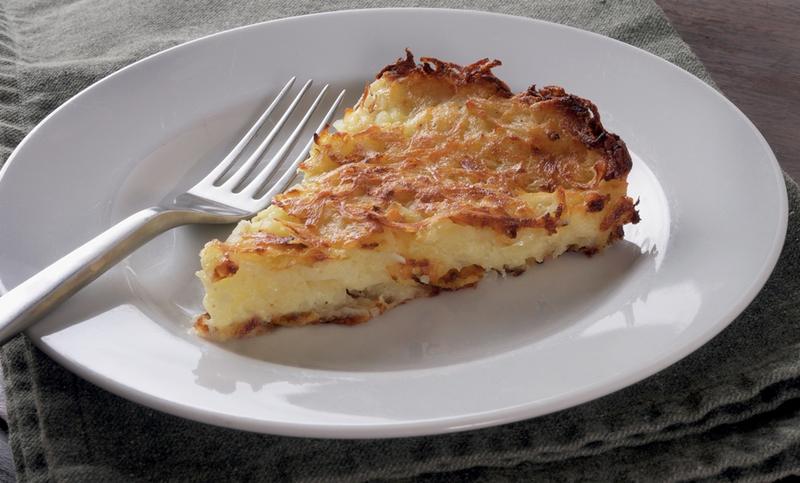
Quite by chance, I recently discovered one of the secrets to the success of the popular Goocha Seafood and Bar chain. At an outing to the Ashdod headquarters and impressive showroom of Cancun, one of Israel’s leading importers of seafood, the owner of the company told me that Cancun is a partner with Goocha. The sight of the beautiful fish and seafood displayed on the glittering ice, together with this new information, was all the motivation I needed to schedule a visit to Goocha.
“Our association with Cancun not only gives us preferred access to the finest seafood,” says Goocha chef Eitan Sasson, “but it also enables us to offer our customers the best possible prices.”
Sasson has been with Goocha since it was founded in 2004 as a small eatery on Ben-Gurion Street in Tel Aviv. Since then, it has expanded at its original location to occupy the entire corner at Dizengoff and opened two more restaurants: one in Ramat Hahayal and The Diner by Goocha on Ibn Gvirol.
According to Sasson, the menu has expanded as well, now encompassing 12 categories.

“We specialize in mussels,” he adds. “We sell half a ton of mussels a year.” In fact, Goocha is known for its Sunday night mussels special: half a kilo of mussels, fries and draft beer for NIS 85.
Justifying the word “bar” in the restaurant’s name, Goocha has a separate bilingual wine and alcohol menu, including seven specialty cocktails. Our waiter recommended the Citrus Mojito (NIS 42), which turned out to be far from any semblance of a mojito worthy of the name, since it did not contain even a bit of rum. Nonetheless, this blend of vodka, red (i.e., blood) orange liqueur, lemon and orange, garnished with mint, was excellent.
The house sangria (NIS 39) – red wine and orange liqueur, with slices of orange and apple and a cinnamon stick – was equally good.
Refreshingly cool in the summer, it can also be ordered warm in the winter.
We embarked on the food portion of the menu with the first of several of chef Sasson’s personal recommendations: tuna tartare with tobiko and herbs (NIS 53). The exceedingly fresh chopped raw tuna studded with the premium roe was served on a citrus vinaigrette that enhanced the fish mixture nicely.
Our second starter was grilled calamari with goat cheese (NIS 54).
Once again, the freshness of the calamari was evident, while the accompanying zesty cheese, tomato, olives, red onion and jalapeno pepper infused it with the flavors of Provençal, with an added touch of heat. We mopped up the terrific dressing with the dark house bread.
The list of mixed seafood dishes on the menu presented us with some tough choices to make, but the scallops and shrimp in truffle cream (NIS 75) eventually won out.
We were then quite startled to discover what the menu left out of the description: The seafood was actually buried under both a mound of mashed potatoes and a pile of French fried onions. Despite the overwhelming amount of carbohydrates, and slight dearth of shrimp, the scallops that practically melted in the mouth and the decadently rich sauce rewarded us for our selection.
Our final main course, from the pasta sea section of the menu, combined the best of both undersea worlds: shellfish plus the fins-and-scales variety. The sea bream and seafood on butter and herb gnocchi (NIS 83) paired perfectly grilled filleted fish with shrimp and mussels on a bed of plump pillows of potato pasta.
This dish gave us the opportunity to enjoy Goocha’s famed mussels, and the large, meaty, briny molluscs lived up to their billing.
The dessert menu contained some discrepancies between the English and Hebrew versions. The former had frustratingly skimpier descriptions than the latter.
Nonetheless, the mascarpone cheesecake (NIS 39) and caramel flan (NIS 38) were both superlative finales to our filling meal: light and sweet confections with welcome crunchy counterpoints – pistachio nuts sprinkled on the cheese mousse and an alfajor cookie on the flan, respectively.
To further leverage its connection with Cancun, Goocha offers a business lunch on weekdays (a starter, bread and a drink for NIS 15 added to the cost of the main course) and a special sea bream meal weekdays until 6 p.m. for NIS 69.



